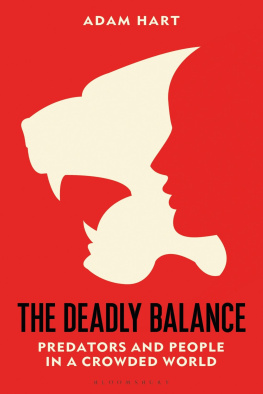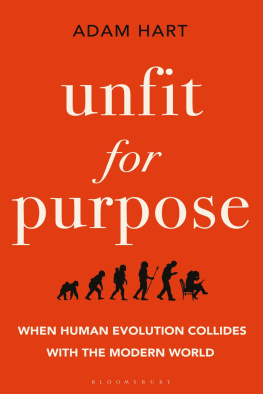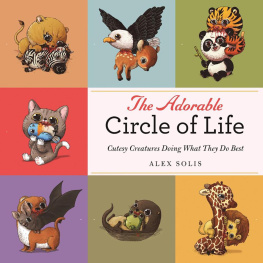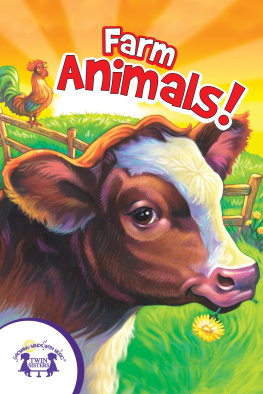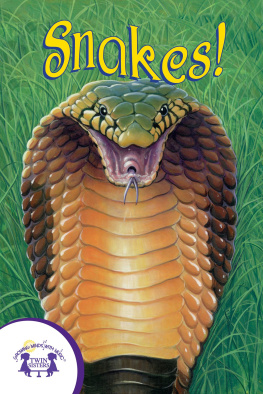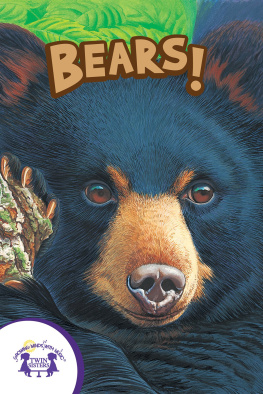

Some other titlesin the Bloomsbury Sigma series:
Sex on Earth by Jules Howard
Spirals in Time by Helen Scales
A is for Arsenic by Kathryn Harkup
Suspicious Minds by Rob Brotherton
Herding Hemingways Cats by Kat Arney
The Tyrannosaur Chronicles by David Hone
Soccermatics by David Sumpter
Wonders Beyond Numbers by Johnny Ball
The Planet Factory by Elizabeth Tasker
Seeds of Science by Mark Lynas
The Science of Sin by Jack Lewis
Turned On by Kate Devlin
We Need to Talk About Love by Laura Mucha
Borrowed Time by Sue Armstrong
The Vinyl Frontier by Jonathan Scott
Clearing the Air by Tim Smedley
The Contact Paradox by Keith Cooper
Life Changing by Helen Pilcher
Sway by Pragya Agarwal
Unfit for Purpose by Adam Hart
Kindred by Rebecca Wragg Sykes
Our Only Home by His Holiness The Dalai Lama
First Light by Emma Chapman
Models of the Mind by Grace Lindsay
The Brilliant Abyss by Helen Scales
Overloaded by Ginny Smith
Beasts Before Us by Elsa Panciroli
Our Biggest Experiment by Alice Bell
Aesops Animals by Jo Wimpenny
Fire and Ice by Natalie Starkey
Sticky by Laurie Winkless
Racing Green by Kit Chapman
Wonderdog by Jules Howard
Growing Up Human by Brenna Hassett
Wilder by Millie Kerr

Contents
Dedicated to all those who live with dangerous animals across the world and strive to keep them safe from us and us from them.
CHAPTER ONE
Introduction
In August 2015, I was tracking lions in the South African bush. An old male lion, known by local tourist guides and researchers as Cecil, had been killed in Zimbabwe about six weeks before by the trophy-hunting American dentist Walter Palmer. I am sure you remember it. There was a huge furore across the media and as a consequence trophy hunting and lions were in the public consciousness like never before. I was in South Africa with the BBC Radio Science Unit to try to uncover some of the facts and figures around hunting generally, and lion hunting in particular.
Walking around Pilanesberg National Park on a sunny afternoon with an armed ranger, a hugely knowledgeable tracker (unarmed) and a producer (armed only with recording equipment), it didnt take us long to find signs of lions. There is a healthy and growing population of these big cats within the park and I have seen them there many times. There is a confident power and fluidity about lions that help to make them the species most safari tourists want to see. They really are the king of beasts, but as the signs say youd be wise to stay in your vehicle. The prospect of being on foot with a lion or as is likely in a species that tends to live in groups multiple lions, was making me more than usually vigilant that afternoon. Added to that was the growing realisation that lion viewing felt very different without the protection of metal and glass. The lion tracks we were following had a very familiar cat-paw shape, but they were absolutely huge. Just about managing to bracket my sunglasses around a particularly clear print, I hovered over it to take a photograph. Despite a cooling breeze and the gentle pace of our tracking, a droplet of sweat fell from my forehead on to the footprint. Our casual chit-chat had dried up. The mood had changed.
One thing you learn early in tracking is the mantra sun-track-tracker. By positioning yourself correctly in relation to the sun, the shadows that form on the ground from the ridges and depressions of animal tracks can reveal signs that were invisible from another vantage point. Tiny drag marks, small pad indentations and the subtlest of indications can ping out if you get your viewing angle just right. The tracks we now saw moving away from us had no need for careful sun-track-tracker positioning. They were big enough and fresh enough for us to have followed in starlight if we had to. Picking a tiny hair off the mark left by a giant rear paw and disturbing a sharply defined ridge of sandy soil that the wind had yet to smooth out pointed to only one conclusion. This lion, a big male, was close.
Looking around us, the ground had changed. As can happen when you are focused on a task, you dont always notice gradual changes creeping up on you. For the past few hundred metres we had been heading steadily into a mishmash of narrow, deeply cut drainage channels. The sides rose up 3 metres and more from flat ground covered in sand deposited by seasonal floods. An ever-narrowing labyrinth of eroded sediments drew us in, and up ahead lay a section where forward visibility was reduced to just a few metres in the twists and turns. Suddenly, the goosebumps came. They are coming again now as I type. There was the absolute, cold realisation that we were no longer the hunters. We were in danger of becoming prey and it is a feeling I will never forget.
We never did see the lion we tracked. Looking at each other in that gully, we all realised that discretion was the better part of valour. As much as a lion encounter would be excellent for the programme, this particular lion, in this environment, was best left alone and we made a determined retreat. Later that evening our vehicle headlights illuminated a fresh zebra kill surrounded by a pride of blood-soaked lions enjoying their dinner. At least, we thought, that wasnt us entering the circle of life.
The possibility of being hunted down, killed by teeth and claws, and ending up in the belly of a predator is not something of great concern to many of us in the modern world. It may be a deep-seated fear, a nightmare even, but it is neither a lived reality nor a faint possibility. Living in rural Gloucestershire, for example, the most dangerous animal I am ever likely to face while out for a walk is an aggressive dog. Lest we make too light of that, we should recognise that dogs can be a very real threat. In the UK people occasionally die as a result of dog attack. In evidence submitted to DEFRA in May 2018, 31 deaths from dog attacks have been recorded in the UK since 2005, including 16 children and 15 adults. for some exceptions).
Such is the relative harmlessness of the fauna of many developed world nations that most of us have the luxury of viewing the natural world as a place of wonder, solace and calm. The notion that serious harm or even death could result from an interaction with wildlife is far from our minds. In some parts of the world, though, there is a huge number of potentially lethal animals that people have to live with on a daily, and nightly, basis.
Broadly speaking, lethal animals occur in two types: those that kill with biochemistry and those that kill with physics. Biochemical killers like venomous snakes, scorpions, spiders, wasps and bees kill with molecules that have evolved for subduing prey, for defence or both. Snake venoms, for example, often attack either the nervous system (neurotoxins) or various tissues including components of blood (hemotoxins). When snakes strike prey, they do not want it to fight back, or to travel far before it expires; a snake could easily lose its dinner to an opportunistic bird or mammal if it had to track it too far. Consequently, selection has tended to favour highly potent venoms that get the job done quickly. The result is a very rapid death for a rodent or small mammal, and a major problem for a larger animal that may end up on the wrong end of a defensive snake strike. Some snake venoms can be medically extremely serious. Highly venomous species like the fer-de-lance of Central and South America, or the black mamba of southern Africa, are greatly feared by local people for good reason. Without antivenom, a black mamba bite is very often fatal. However, if you are unlucky enough to get bitten by a black mamba I can guarantee you one thing: you wont be eaten. Black mambas and other venomous snakes bite humans in self-defence, striking out of fear rather than hunger. Likewise, although honeybees and wasps kill dozens of people every year in the United States and somewhere between two and nine people in the UK, none of these are predatory killings. Stings have evolved that hurt and deter, and the few deaths that do occur usually result from the victims severe allergic reaction to the venom.
Next page
